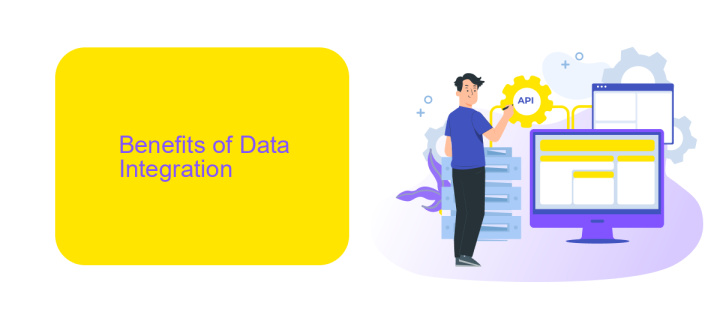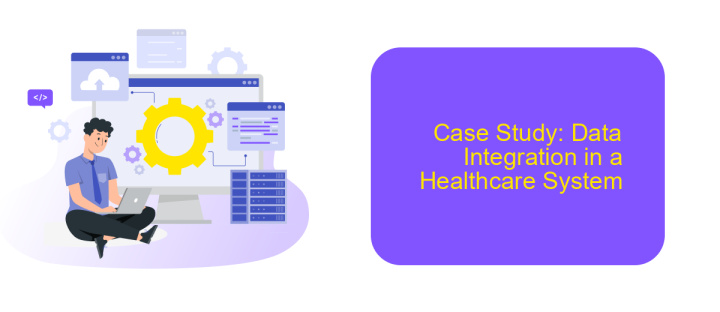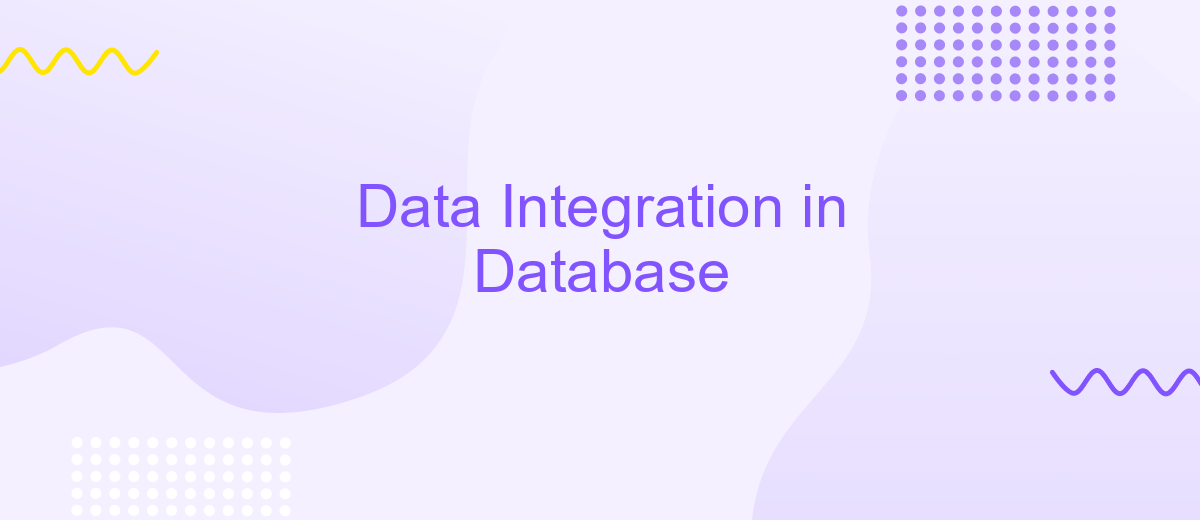Data Integration in Database
Data integration in databases is a crucial process that combines data from different sources into a unified view, enabling more comprehensive analysis and decision-making. This practice is essential for businesses aiming to harness the full potential of their data, ensuring accuracy, consistency, and accessibility. By integrating data effectively, organizations can enhance their operational efficiency, gain valuable insights, and drive strategic growth.
Introduction
Data integration in databases is a critical process that combines data from different sources into a unified view, enabling more efficient analysis and decision-making. This process is essential for organizations aiming to leverage their data assets fully, ensuring that information is consistent, accurate, and accessible across various platforms.
- Combining data from multiple sources
- Ensuring data consistency and accuracy
- Facilitating efficient data analysis
- Improving decision-making processes
One of the tools that significantly streamline data integration is ApiX-Drive. This service allows users to automate the integration of various applications and services without requiring extensive technical knowledge. By using ApiX-Drive, organizations can seamlessly connect their data sources, ensuring that all information is up-to-date and synchronized, thus enhancing overall data management and operational efficiency.
Benefits of Data Integration

Data integration in databases offers numerous benefits that can significantly enhance business operations. One of the primary advantages is the ability to consolidate data from various sources into a single, unified view. This consolidation improves data accuracy and consistency, enabling better decision-making and strategic planning. Additionally, integrated data systems reduce redundancy and eliminate the need for manual data entry, saving time and minimizing errors. This streamlined approach fosters greater operational efficiency and allows organizations to respond more quickly to market changes and customer needs.
Another key benefit of data integration is the facilitation of advanced analytics and business intelligence. By integrating data from multiple sources, businesses can gain deeper insights and uncover patterns that would otherwise remain hidden. Tools like ApiX-Drive can simplify the integration process by automating data transfers between different platforms, ensuring seamless connectivity and real-time updates. This ease of integration allows companies to leverage their data more effectively, driving innovation and maintaining a competitive edge in the market. Overall, data integration is a crucial element in optimizing business performance and achieving long-term success.
Integration Methods

Data integration in databases involves combining data from different sources into a single, unified view. This process is crucial for ensuring that all relevant data is accessible and usable for analysis and decision-making. Various methods can be employed to achieve effective data integration, each with its own set of advantages and challenges.
- ETL (Extract, Transform, Load): This method involves extracting data from different sources, transforming it to fit operational needs, and loading it into a data warehouse.
- Data Virtualization: This approach allows users to access and query data without requiring physical movement of data, providing a real-time view of data from multiple sources.
- API Integration: With tools like ApiX-Drive, businesses can automate data transfer between various applications and databases, ensuring seamless and real-time data flow.
- Data Replication: This method involves copying data from one database to another, ensuring that data is consistent across different systems.
Choosing the right integration method depends on the specific needs and infrastructure of the organization. For instance, ApiX-Drive can be particularly beneficial for companies looking to automate data workflows and reduce manual intervention. By leveraging the right tools and methods, businesses can ensure that their data integration processes are efficient, reliable, and scalable.
Case Study: Data Integration in a Healthcare System

In the modern healthcare system, data integration plays a crucial role in ensuring seamless patient care and efficient operations. Integrating various data sources, such as electronic health records (EHRs), lab results, and patient management systems, allows healthcare providers to have a comprehensive view of patient information.
One of the significant challenges faced by healthcare organizations is the interoperability of different systems. By leveraging data integration platforms like ApiX-Drive, healthcare providers can automate data transfers between disparate systems, reducing manual errors and improving data accuracy.
- Automated synchronization of patient records
- Real-time updates of lab results
- Efficient data sharing between departments
- Enhanced data security and compliance
Implementing a robust data integration solution not only enhances operational efficiency but also improves patient outcomes. With tools like ApiX-Drive, healthcare organizations can streamline their data workflows, ensuring that critical information is always up-to-date and accessible to the right personnel.
Conclusion
In conclusion, data integration in databases is a critical aspect for organizations aiming to harness the full potential of their data. Effective data integration ensures that disparate data sources are combined into a cohesive and accessible format, enabling better decision-making, streamlined operations, and enhanced data accuracy. As businesses continue to generate vast amounts of data, the need for robust data integration solutions has never been more pressing.
Tools like ApiX-Drive play a pivotal role in simplifying the data integration process. By offering seamless connectivity between various applications and databases, ApiX-Drive allows organizations to automate data flows and reduce the complexity associated with manual data handling. This not only saves time but also minimizes errors, leading to more reliable and actionable insights. As the landscape of data management continues to evolve, leveraging advanced integration services will be essential for maintaining a competitive edge and driving innovation.
FAQ
What is data integration in databases?
Why is data integration important?
What are common challenges in data integration?
How can data integration be automated?
What is the role of ETL in data integration?
Apix-Drive is a simple and efficient system connector that will help you automate routine tasks and optimize business processes. You can save time and money, direct these resources to more important purposes. Test ApiX-Drive and make sure that this tool will relieve your employees and after 5 minutes of settings your business will start working faster.

